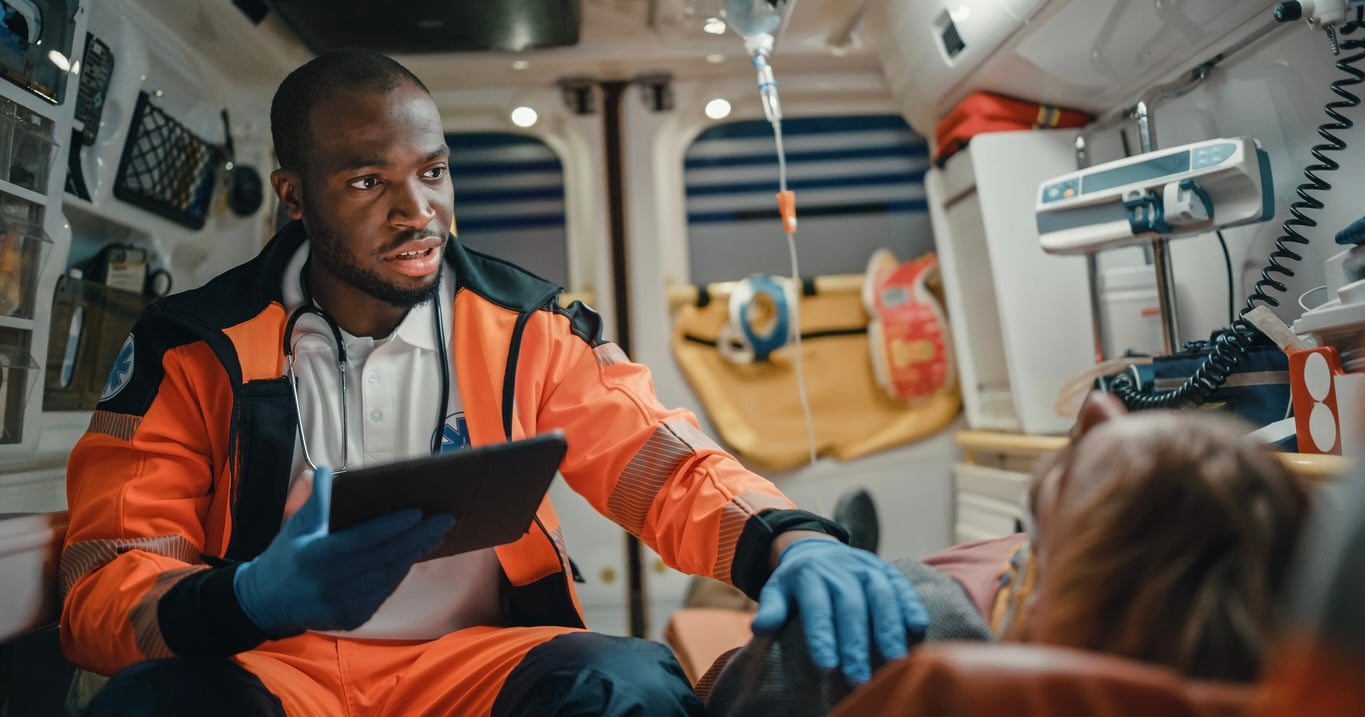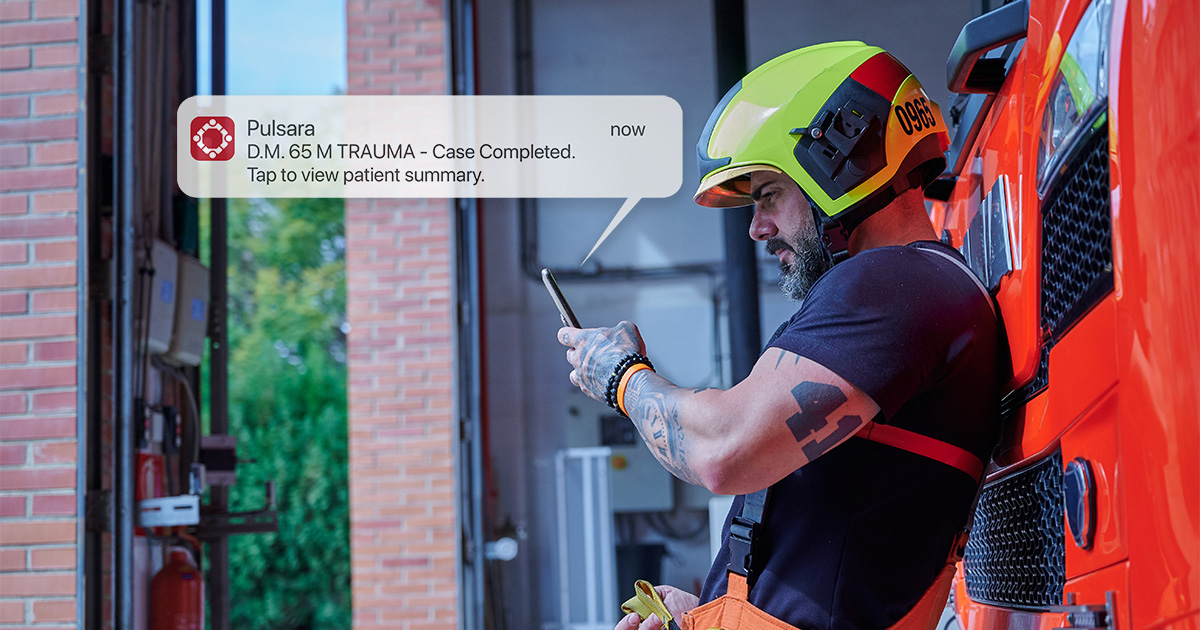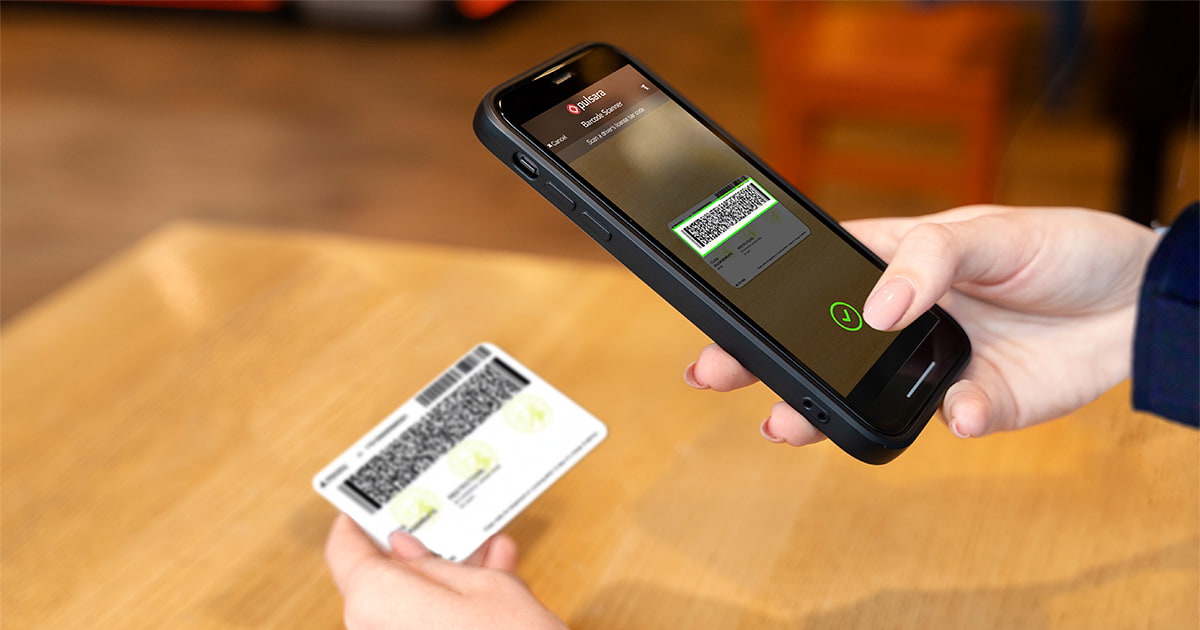1 min read
Introducing Pulsara Intelligence: AI Tools for Streamlined Emergency Care
In fast-paced clinical settings, documentation often competes with communication and patient care. Pulsara’s mission is to give healthcare workers an efficient, intuitive platform that eliminates...




